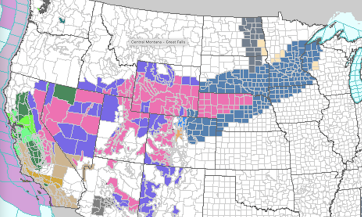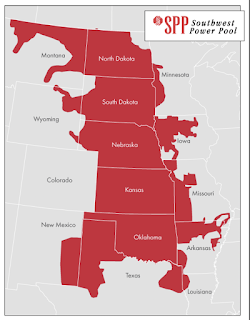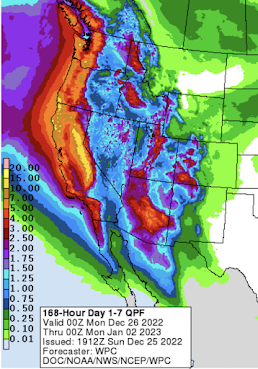This report from Wyoming on its near blackout during the recent cold wave and winter storm. Lee Boughey, a spokesperson for Tri-State Electric Generation and Transmission Association, said the nonprofit, which provides power to eight electric cooperatives across Wyoming, planned for the impacts of the storm as it approached. They anticipated higher demand from member utilities in Colorado, Nebraska and Wyoming, and Tri-State prepared for wind energy resources to decline. For safety, during extremely high winds, wind turbines will stop running and feather their blades. Icing also can cause turbines to stop running. According to energy mix data from the Southwest Power Pool, as the storm began to move through Wyoming on Dec. 23, at 3 p.m., wind energy resources began to drop. Within 24 hours, wind energy resources were about 25% what they were prior to the storm. They didn’t begin to rise again until Christmas morning. To compensate for the decline in wind energy, Tri-State turn

















